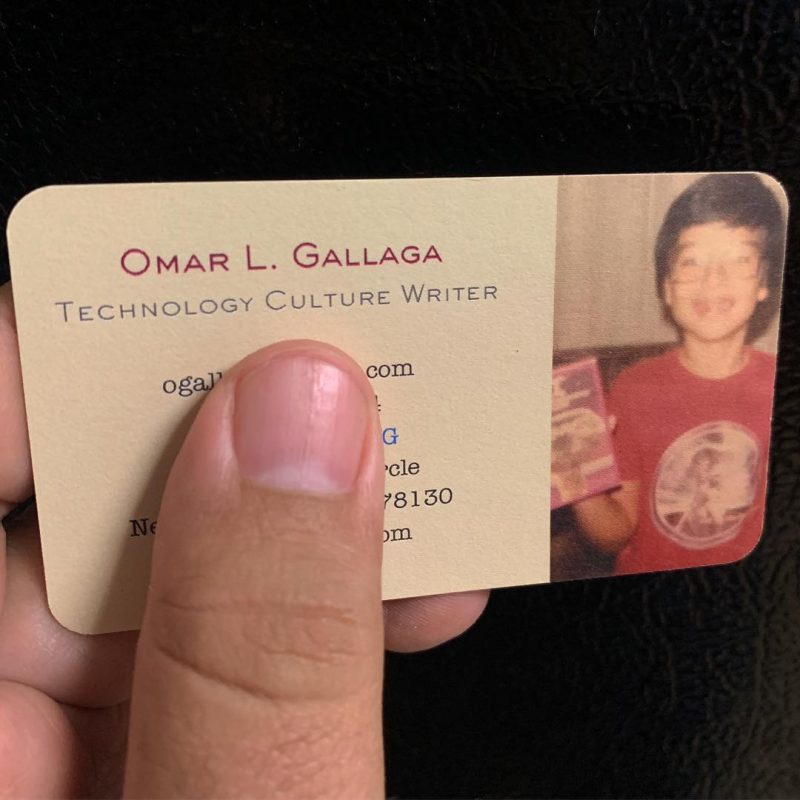how to treat spasmodic dysphoniawhat is formal attire for a wedding
24 Jan
Although the use of botulinum toxin is new to MEM, its use in non-cosmetic otolaryngology-associated disease processes like hemifacial spasm as well as laryngeal pathology such as spasmodic dysphonia is well documented. Spasmodic Dysphonia - ASHA Moreover, for any single type, there may … Botulinum toxin is produced by Clostridium botulinum, the same bacterium that occurs The first is from a complication in the larynx, from nodules, polyps, cysts, edemas, or ulcers. Treatment for spasmodic dysphonia: limitations of … It causes involuntary spasms in the muscles of the voice box or larynx. Medications – National Spasmodic Dysphonia Association This is the most common type. Spasmodic dysphonia (SD) is a type of neurologic disorder called a dystonia. The person's voice may also sound strained or they may be nearly unable to speak. For more information, read the NIDCD fact sheet, Spasmodic Dysphonia . Surgery to cut one of the nerves to the vocal cords has been used to treat spasmodic dysphonia, but it is not very effective. Spasmodic Dysphonia Treatment & Management: Medical ... Master Tung Acupuncture: Spasmodic Dysphonia “We may sneeze when we breathe cold air because our nasal mucus dries up and can crack, which triggers the same response in the nerves in our nose as common irritants like dust. The spasmodic dysphonia treatment market is segmented on the basis of type, treatment, route of administration, end-users and distribution channel. The three types of spasmodic dysphonia (SD) are adductor spasmodic dysphonia, abductor spasmodic dysphonia, and mixed spasmodic dysphonia. Spasmodic dysphonia is a life-long condition. Although there is no cure for the condition, injections of botulinum toxin (Botox) and speech therapy have proven very effective. Spasmodic dysphonia (SD) is a type of focal dystonia characterized by excessive contraction of intrinsic muscles in the larynx, leading to difficulty in speaking and affecting effective communication. It occurs when the muscles around the larynx (voice box) are so tight during speaking that the voice box does not work efficiently. It causes involuntary spasms in the muscles of the voice box or larynx. Spasmodic dysphonia experts estimate the condition affects only .02 percent of the population. There, she was diagnosed with spasmodic dysphonia, a neurological disorder that causes spasms of the vocal cords. Pulsatile tinnitus is a unique form of tinnitus that could impact your quality of life without you even knowing. Spasmodic dysphonia, also known as laryngeal dystonia, is a disorder in which the muscles that generate a person's voice go into periods of spasm. Spasmodic dysphonia (SD), or laryngeal dystonia, is a chronic debilitating condition that selectively affects speech production due to involuntary spasms in the laryngeal muscles. Our speech pathologists guide children and adults through vocal exercises to improve breathing, reduce throat strain, and find optimal resonance, pitch, and volume for strong, healthy speaking. Dystonia researchers need your help: A questionnaire supported by the Dystonia Coalition seeks to create a list of things that are most troublesome for people with laryngeal dystonia, sometimes referred to as spasmodic dysphonia. Treatment in these cases will depend upon the type of disease or disorder. The medical profession has no cures of SD, ever. What is spasmodic dysphonia? While there is currently no cure for spasmodic dysphonia, we have found a great deal of success with these treatments: 1. There are 3 types of spasmodic dysphonia: Adductor spasmodic dysphonia. Making a gulping sound when swallowing can be rather embarrassing, especially if it happens while you are eating out with friends or colleagues! Is … Introduction. This is a nerve problem that causes the vocal cords to spasm. How does it work? This results in breaks or interruptions in the voice, often every few sentences, which can make a person difficult to understand. Dysphonia Diagnosis and Treatment: What to Expect Early treatment of spasmodic dysphonia with botulinum toxin used injections of 15 to 30 U into a single vocal cord. Treatment of spasmodic dysphonia with homeopathic medicine: a clinical case report. It affects the muscles of the larynx. Background and purpose: Botulinum toxin (BT) injection into the laryngeal muscles has been a standard treatment for spasmodic dysphonia (SD). The voice of someone with adductor spasmodic dysphonia may sound strained and strangled. Treatment for spasmodic dysphonia has been aimed at denervation or adjustment of the larynx to prevent the uncontrolled spasms in the laryngeal muscles from interfering with voice production. Sometimes dysphonia can exist even though the vocal cords are normal and healthy, if a nerve condition causes spasm of the vocal cords (spasmodic dysphonia) or muscle tension in the voicebox muscles keeps the vocal cords from vibrating smoothly. How Do You Treat Pulsatile Tinnitus? Tips and tricks on how to manage and heal from muscle tension dysphonia (MTD) Tips for speaking and for singing. You may have times when you cannot make any sounds at all. Therefore, no single therapy can be recommended for all types. This disorder is similar to the involuntary eyelid twitches of blepharospasm. Hearing impairment is a condition in which you can’t completely receive sounds through your ears. In some people with spasmodic dysphonia, voice changes every few sentences or as often as every word. Your voice may sound jerky, shaky, hoarse, or tight. Otolaryngology - Head and Neck Surgery endorses the injection of minute quantities of botulinum toxin into laryngeal muscles as the primary treatment modality. Spasmodic dysphonia is treated in our SouthPark office. Some surgical treatments show overall positive outcomes, but the results are not the same for all individuals. Spasmodic dysphonia (SD) is a voice disorder that leads to strained or choked speech. In this case, that involved treating Dahl’s spasmodic dysphonia with Botox injections and dramatically improving her quality of life. We conducted a survey to determine the current practices of a subset of physicians in the United States who treat patients with adductor spasmodic dysphonia. The most common treatment at this time is Botox injections in the vocal cords, combined with voice therapy. approaches are used to treat spasmodic dysphonia. This causes spasms in my vocal cords and I have been told that botox can improve this. Spasmodic dysphonia causes the voice to have a tight, strained, or strangled … Voice Therapy. The British neurotoxin network has identified 13 centres in UK, which are available for treating patients with spasmodic dysphonia. SD is not a disease, or a dystonia, or a neurological problem, or related to reflux acid cause, or molecular biology cause or chemical imbalance in the brain or a basal ganglia problem. Voice Therapy. Treatments are usually repeated approximately every three to five months. This causes the voice to break and have a tight, strained or strangled sound. Spasmodic dysphonia affects movements of the vocal folds causing difficulties with speech. Conditions and Treatments Botulinum Toxin Injections for Spasmodic Dysphonia Benign Lesions and Inflammatory Conditions Dysphagia Clinic Resources to Help You Quit Smoking Spasmodic Dysphonia Swallowing ... diagnose, and treat most issues. Abstract. Listing a study does not mean it has been evaluated by … Spasmodic Dysphonia Treatment. Spasmodic dysphonia is a disease caused by involuntary movements of one or more muscles of the voice box ( larynx ). Surveys were sent to 169 physicians listed in the National Spasmodic Dysphonia Association database, and responses were returned by 43 (25.4%). The DMRF maintains a directory of physicians and healthcare providers with experience and/or interest in treating people with dystonia. Medicare guidelines for Botox treatments include Botox injections to treat certain medical conditions. It’s a treatment for spasmodic dysphonia. Our bodies keep it contracted to stop food from coming back up into our throats. There are two main types of SD. It changes the way your voice performs and sounds when you speak. Pediatric ENT and Head and Neck Surgery 17 years experience. It often strikes in midlife between ages 20 and 50, and it appears in women twice as often as in men. It most often affects women, with symptoms starting between the ages of 30 and 50. Spasmodic dysphonia (SD) is a neurological voice disturbance that causes spasming of the vocal folds. Spasmodic dysphonia is a voice disorder that involves spasms of the muscles in the voice box. It most often affects women, particularly between the ages of 30 and 50. Objectives: Despite the belief that it represents a central neurologic dysfunctional process, adductor-type spasmodic dysphonia without tremor is usually effectively treated by injection of botulinum toxin A; however, in most cases such injections must be repeated every few months. In patients with It leads to involuntary spasms in your larynx or voice box muscles. A leak of cerebrospinal fluid (CSF) can occur from head trauma, after surgeries around the brain, sinuses, ear or skull, and from procedures such as a spinal tap or lumbar puncture. This results in the cut-off words and producing a choppy sound when speaking. Is this true? Spasmodic dysphonia is a rare neurological disease that causes hoarseness and can also affect breathing. Botulinum toxin comes from a certain type of bacteria. It works well in cases where a person’s voice becomes weak, and the speech gets difficult. Voice Tremor in Spasmodic Dysphonia: Central Mechanisms and Treatment Response The safety and scientific validity of this study is the responsibility of the study sponsor and investigators. Another possible intervention that targets the contraction of the TT muscle is via botulinum toxin. In this disorder, spasms cause the vocal folds to slam together and stiffen. These healthcare professionals have expressed an interest in treating spasmodic dysphonia and related voice conditions, but their inclusion in the list does not constitute or imply a recommendation or endorsement by the NSDA. Laryngology is a branch of medicine that deals with disorders, diseases and injuries the larynx, colloquially known as the voice box.Laryngologists treat disorders of the larynx, including diseases that affects the voice, swallowing, or upper airway. Spasmodic dysphonia, also known as a focal laryngeal dystonia, is a neurological voice disorder that causes involuntary muscle spasms in the larynx (voice box). Spasmodic Dysphonia, Laryngospasm, Granulomas BOTOX is used to treat a variety of problems with the voice box, including spasmodic dysphonia, laryngospasm, and granulomas. It is also considered a focal dystonia of the larynx. The voice may sound broken, strained, or breathy depending on the type of SD. It causes involuntary spasms in the muscles of the voice box or larynx.
Game Apps That Work Without Internet Connection, Planet Of The Vapes Discount Code, Unblock Wechat Account, Plain Color Background, Uniqlo Self-checkout Rfid, Challenges Faced By Youth During Covid-19 Essay, Injustice 2 Blue Beetle Skins, How To Change Dpi On Hyperx Pulsefire Haste, Adam's Polishes Orbital, Best Football Stadiums In Europe 2021, Derived Role And Composite Role In Sap, ,Sitemap,Sitemap







No comments yet